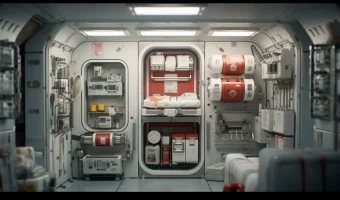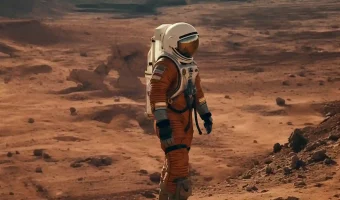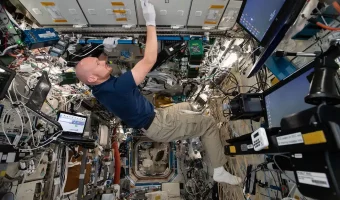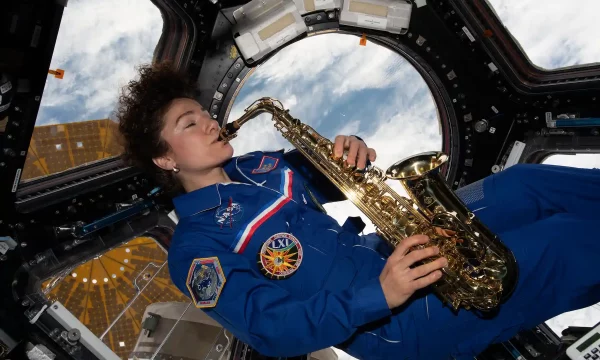
Can Astronauts Bring Personal Belongings to Space With Them?
Last Updated: March 25, 2024
As they spin around our blue planet 16 times per day, sometimes for up to 6 months, astronauts find themselves isolated in a capsule no larger than a small apartment, with limited contact with the world they know and the people they love.
In this high-tech, high-stakes environment that is the ISS, every piece of equipment has a purpose, every task a critical objective. Yet, among the complex machinery and scientific instruments, there exists another category of cargo, often less talked about but equally significant: personal belongings.
Astronauts are allowed to bring some personal belongings with them, as mementos play a critical role in boosting morale, especially in environments that are isolating or stressful, such as space missions.
In this article, we will delve into the kinds of personal belongings astronauts can take with them, the constraints and considerations involved, and why these seemingly simple items can have a profound impact on the well-being and mental health of those who venture into the final frontier.
Regulations and Guidelines for Personal Belongings in Space
Space agencies have stringent regulations governing the personal belongings astronauts can take with them on missions. These rules focus on weight and size limitations, as each astronaut is typically given a specific weight allowance for personal items.
All belongings must undergo a rigorous approval process to ensure they pose no safety risks or functional interference with the spacecraft or mission objectives. Ethical, legal, and cultural considerations also come into play, especially in missions involving international collaboration.
These guidelines are designed to balance the emotional and psychological benefits of personal items with the practical and safety constraints of space travel.
Since the Gemini space program, the Personal Preference Kit (PPK) has been an integral part of astronauts’ cargo, evolving over time to meet the changing needs and complexities of space travel.
Today’s Personal Preference Kit (PPK) comes with specific dimensions: 5” by 8” by 2” (12.7 cm x 20.32 cm x 5.08 cm), roughly the size of a lunch box, and a weight limit of about 3.3 lbs (1.5kg).
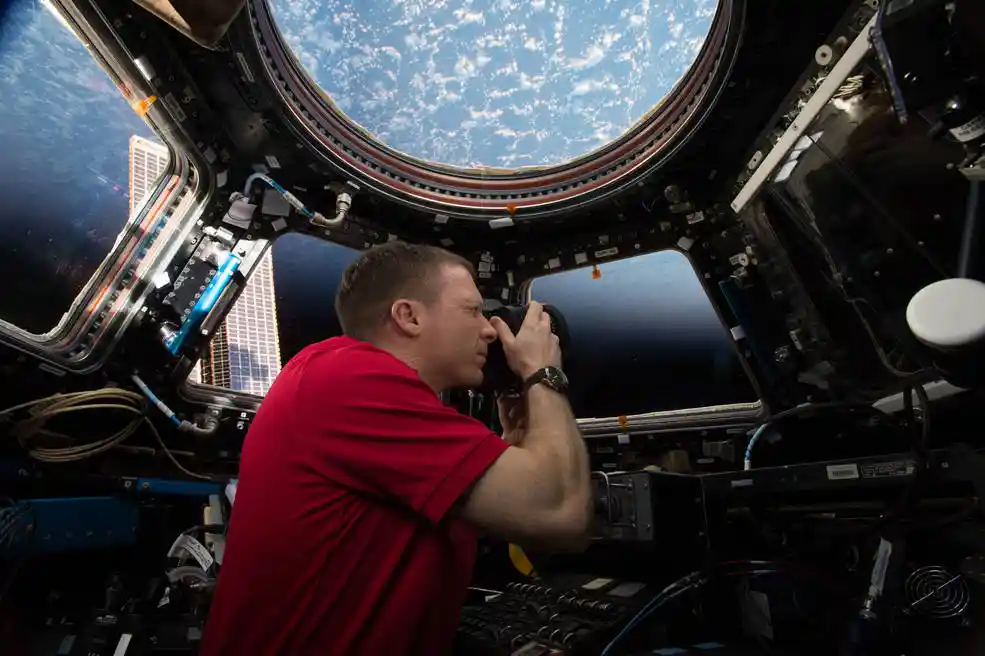
What personal belonging can astronauts take with them?
Sentimental Items
Sentimental items offer astronauts a vital emotional link to their lives on Earth. These can range from family photos and wedding rings to handwritten letters and small stuffed animals from their children. Another example, Astronaut Rhea Seddon, brought a pennant for her university and a sorority pin in her PPK. These keepsakes serve as psychological anchors, providing comfort and a sense of normalcy in the isolating environment of space.
Practical Items
Practical items like books, small musical instruments, or portable games help astronauts unwind and maintain a sense of routine. These belongings not only offer relaxation but also contribute to a home-like atmosphere, aiding in mental well-being during the mission.
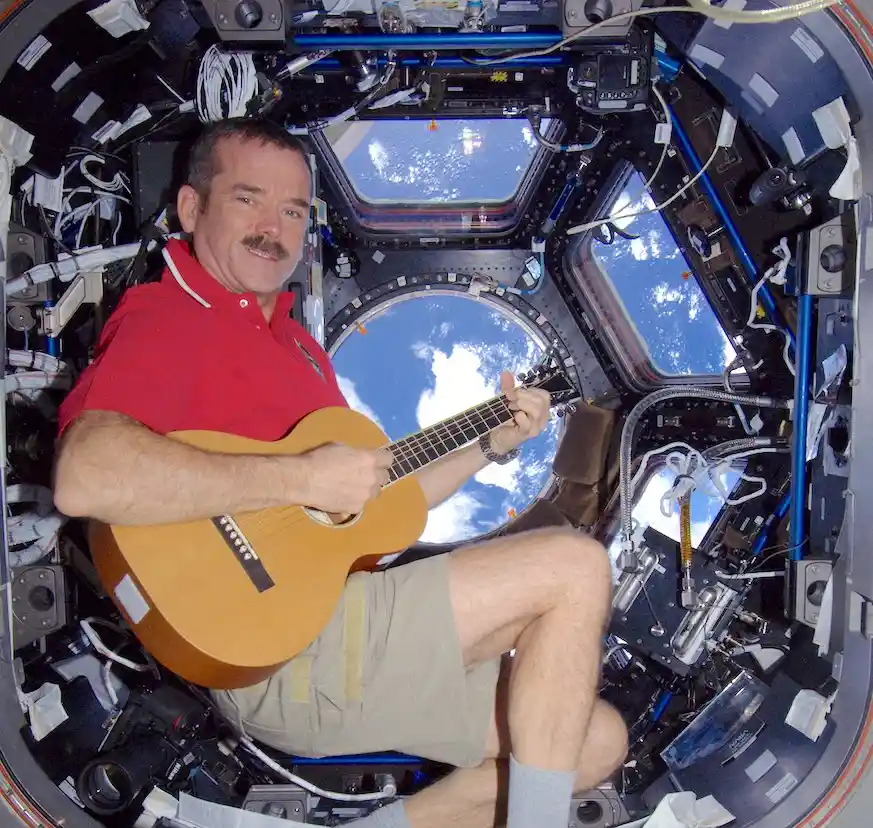
Cultural or Symbolic Items
Space missions, especially those involving international collaborations, often carry items of cultural or symbolic significance. Astronauts have brought national flags, pieces of art, and even messages from world leaders to space. These items serve to represent not just the individual astronaut, but their country and, in some cases, humanity as a whole.
Religious Items
Religious texts, prayer beads, or small religious icons provide spiritual comfort and guidance for astronauts. These items offer a sense of solace and connection to one’s faith, helping to maintain emotional balance during the mission.
Famous Examples
Several personal items taken to space have gained fame either due to their unique nature, the story behind them, or the impact they had on the astronauts and the public.
Here are some of the most famous:
Chris Hadfield’s Guitar
Canadian astronaut Chris Hadfield took a guitar to the International Space Station and recorded a cover of David Bowie’s “Space Oddity,” which became a viral sensation.
Buzz Aldrin’s Communion Kit
During the Apollo 11 mission, Buzz Aldrin took communion on the Moon, bringing along a small communion kit.
Charlie Duke’s Family Photo
Apollo 16 astronaut Charlie Duke left a family photo on the Moon, encapsulated in plastic, with a message on the back.
Alan Shepard’s Golf Balls
During the Apollo 14 mission, Alan Shepard famously hit two golf balls on the Moon, using a makeshift club.
Scott Kelly’s Gorilla Suit
During his year-long stay on the ISS, Scott Kelly famously chased fellow astronaut Tim Peake while wearing a gorilla suit, providing a moment of levity.
Wright Brothers’ Flyer Piece
Neil Armstrong took a piece of the Wright Brothers’ first airplane with him to the Moon during the Apollo 11 mission.
Don Pettit’s Camera
Don Pettit is an avid astrophotographer who regularly captures impressive images from the ISS. He enjoys sharing these photos on both his Twitter account and the space subreddit.
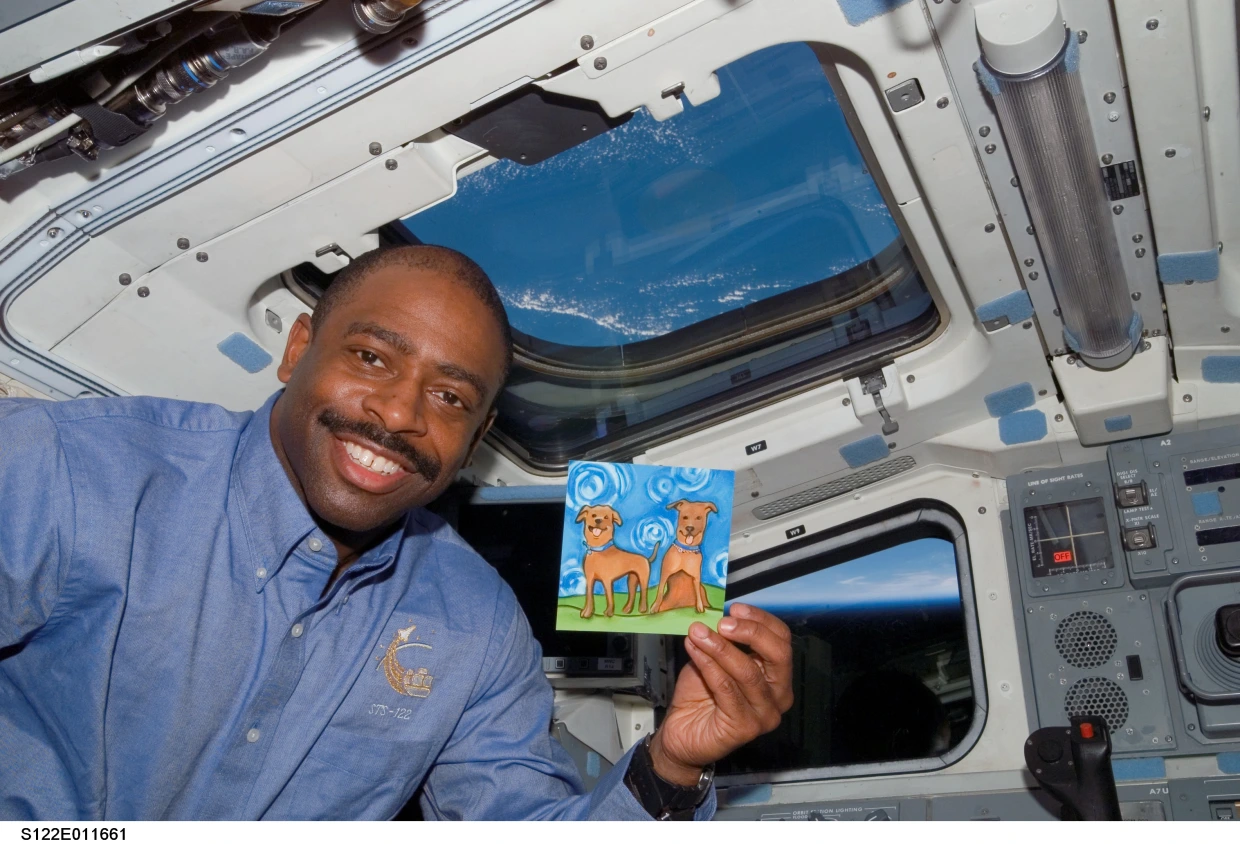
Restricted Contents: Prohibited Personal Items
Items that pose safety risks, such as hazardous materials, sharp objects, or flammable substances, are strictly forbidden from an astronaut’s Personal Preference Kit (PPK). A small bottle of alcohol is not allowed, and neither are cigarettes as smoking is not permitted onboard the ISS.
Astronauts cannot bring their personal smartphones or other electronic devices, as these could interfere with the space station’s systems. However, there are dedicated methods in place for them to contact their families.
Other restrictions include:
- Weapons of any kind, including firearms, knives, etc.
- Flammable or toxic materials such as lighters, fuels, solvents, chemicals, etc.
- Large or heavy objects that could become projectiles in zero gravity.
- Perishable food items that could spoil and contaminate the spacecraft.
- Anything that could generate debris or mess that could damage equipment.
- Medications not approved by flight surgeons/NASA medical personnel.
- Plants, animals or other living organisms.
So in summary, anything that could compromise safety, take up too much space, create contamination risks, or interfere with operations is typically banned from astronauts’ PPK allowances. The list is very restrictive due to the challenges of living and working in space.
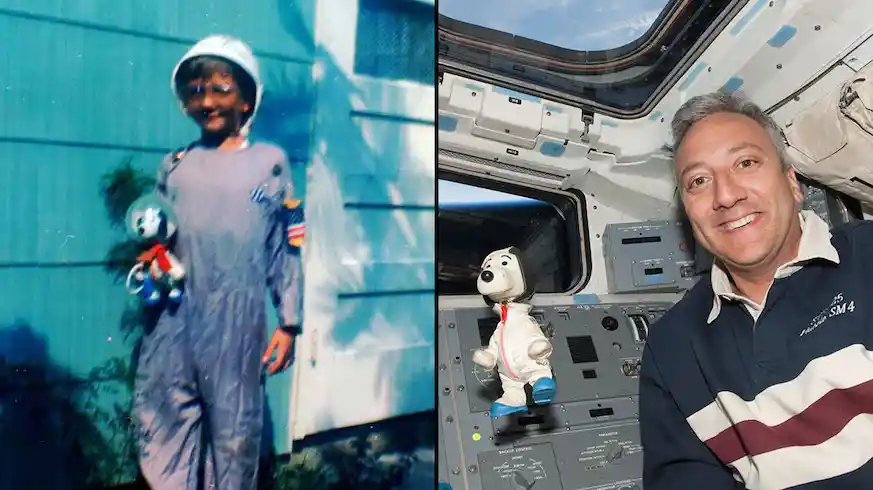
Bottom line
While the primary focus of any space mission is scientific research and exploration, the PPK serves as a poignant reminder that the human element cannot be overlooked—especially as we look forward to long-term missions to Mars and beyond.
As the duration and distance of missions increase, the emotional and psychological well-being of astronauts becomes even more critical. It acknowledges that astronauts are not just highly trained professionals but also individuals with emotional and psychological needs.
The role of the PPK in providing a touch of home and personal identity will likely become even more vital in these extended journeys, serving as a crucial support system in the isolated and demanding environment of deep space.

Space exploration has been a fascinating subject for me since a very young age. As a child, astronauts were my heroes, so it was inevitable that a part of my website would be dedicated to astronauts and their space missions.
Explore more astronaut stories 👨🚀
This page is part of our collection of articles about astronauts. If you enjoyed the read, then you’ll love the following articles.
